


xxxxxAs we have seen, it was in 1828 (G4) that the British explorer Charles Sturt (1795-
CHARLES STURT’S EXPEDITION TO CENTRAL AUSTRALIA 1844 -
Acknowledgements
Sturt: detail, by the English portrait artist John Michael Crossland (1800-
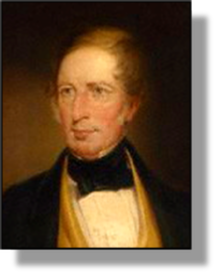 xxxxxAs we have seen, it was in 1828 (G4) that the British explorer Charles Sturt (1795-
xxxxxAs we have seen, it was in 1828 (G4) that the British explorer Charles Sturt (1795-
xxxxxIt was during this period that Sturt made his third journey of discovery, leaving Adelaide in August 1844 with a cart, boat, seven tons of equipment, and a large number of bullocks, horses and sheep. The expedition reached the River Darling at present-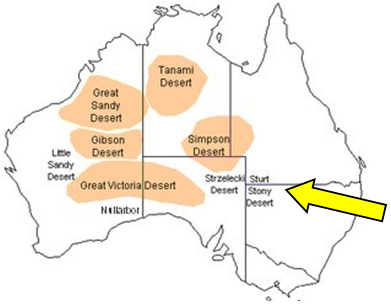 extreme heat, he was obliged to stay at a waterhole they called Rocky Glen on Preservation Creek. Here several men were taken ill with scurvy, and one died, but eventually a heavy period of rain enabled them to move on towards the centre of the continent.
extreme heat, he was obliged to stay at a waterhole they called Rocky Glen on Preservation Creek. Here several men were taken ill with scurvy, and one died, but eventually a heavy period of rain enabled them to move on towards the centre of the continent.
xxxxxThey never made it. After a journey of dreadful hardship they managed to reach a desert area now known as “Sturt’s Stony Desert”, but by then many of the men were seriously sick and the expedition was fast running out of water. They struggled on to “Simpson Desert”, close to the centre point, but in 1846 were forced to turn back. The heart of Australia was not a huge inland sea, they had discovered to their cost, but a vast, inhospitable desert, -
Including:
Edward John Eyre,
Ludwig Leichhardt
and Heinrich Barth

Va-
xxxxxIn 1845 Sturt served as colonial treasurer in Australia, and then as colonial secretary from 1849 to 1851. In the meantime he returned to England, where he wrote and published his Narrative of an Expedition into Central Australia. He eventually retired to England in 1853. Known as the father of Australian exploration, he is remembered today as the first explorer to venture into the centre of that vast continent.
xxxxxIncidentally, The University at Wagga Wagga, founded in 1989, was named after him. Likewise, in 1860 the flat topped mountain close to the centre point of Australia was given his name by the explorer John McDouall Stuart, but later become known as Central Mountain Stuart, probably because of the similarity of the two names. ……
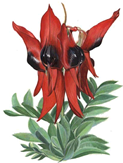 xxxxx…… Sturt discovered the Swainsona formosa (formerly known as Clianthus formosus) when collecting specimens near the present site of Broken Hill. Its common name, therefore, is Sturt’s Desert Pea. In the journal of his expedition into central Australia he wrote: "We saw that beautiful flower in splendid blossom on the plains. It was growing amid barrenness and decay, but its long runners were covered with flowers that gave a crimson tint to the ground". Remarkable for its bulging black eyes, this flower is now the emblem of South Australia and of the district of New South Wales around Broken Hill. Swainsonaxformosa was named after Isaac Swainson (1746-
xxxxx…… Sturt discovered the Swainsona formosa (formerly known as Clianthus formosus) when collecting specimens near the present site of Broken Hill. Its common name, therefore, is Sturt’s Desert Pea. In the journal of his expedition into central Australia he wrote: "We saw that beautiful flower in splendid blossom on the plains. It was growing amid barrenness and decay, but its long runners were covered with flowers that gave a crimson tint to the ground". Remarkable for its bulging black eyes, this flower is now the emblem of South Australia and of the district of New South Wales around Broken Hill. Swainsonaxformosa was named after Isaac Swainson (1746-
xxxxx…… Accompanying Sturt on this near-
xxxxx…… The Simpson Desert (shown in the map above) was named after Alfred Allen Simpson by the Australian explorer Cecil Madigan, who crossed this area in the 1930s. Simpson was president of the Royal Geographical Society of South Australia at that time.
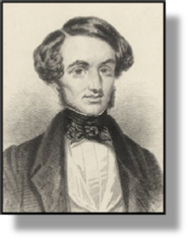 xxxxxItxwas in the 1840s that the English explorer and colonial administrator Edward John Eyre (1815-
xxxxxItxwas in the 1840s that the English explorer and colonial administrator Edward John Eyre (1815-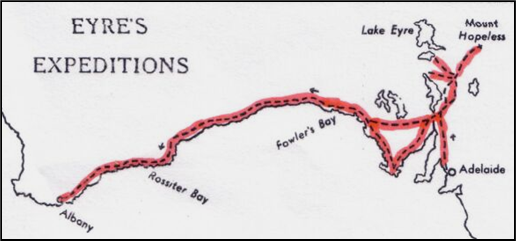 e intense heat, they soon began to run out of water, and they were plagued by dust storms and flies. Then, half way through their journey, two of the three Aboriginals in the party stole a rifle, shot Baxter dead and made off with most of the food supplies. Eyre struggled on with Wylie, the remaining Aboriginal, and, near to death, eventually reached Albany.
e intense heat, they soon began to run out of water, and they were plagued by dust storms and flies. Then, half way through their journey, two of the three Aboriginals in the party stole a rifle, shot Baxter dead and made off with most of the food supplies. Eyre struggled on with Wylie, the remaining Aboriginal, and, near to death, eventually reached Albany.
xxxxxDuring his time in Australia Eyre served as a magistrate, and did much to protect the language and culture of the Aboriginals. He later became governor of Jamaica, and gained some notoriety for his ruthless suppression of a black rising in 1865. Among others, his actions were defended by Thomas Carlyle, John Ruskin and Alfred Tennyson, and criticised by John Stuart Mill and Herbert Spencer. He made Jamaica a crown colony in 1866, but was relieved of his post later that year.
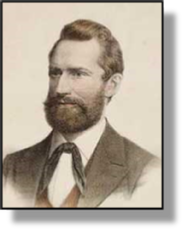
xxxxxIn the same decade the German explorer and naturalist Ludwig Leichhardt, born in Prussia in 1813, led nine men in an expedition from Darling Downs in southeast Queensland to Port Essington in the extreme north. It succeeded in December 1845, despite extreme hardship, but two members turned back before completing the journey and one was killed by Aboriginals. Large tracts of new land and many important rivers were discovered in what came to be known as Queensland and the Northern Territory.
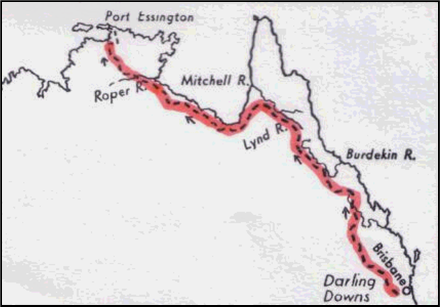
xxxxxIn a second expedition, he set out with seven men from Darling Downs in March 1848, aiming to journey to the west coast and then travel south to the Swan River settlement. It is known that they reached Roma in southern Queensland, but after that they were never heard of again. Search parties were sent out over many years but none was successful. Eventually in 1900 an Aboriginal stockman found a small brass plate bearing the explorer’s name near Sturt Creek close to the border between Western Australia and the Northern Territory.
XXXXXXXX
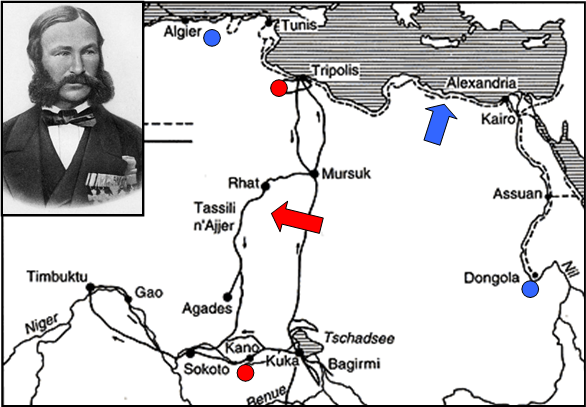 xxxxxAnd it was at this time that the German scholar Heinrich Barth (1821-
xxxxxAnd it was at this time that the German scholar Heinrich Barth (1821-
xxxxxBorn in Hamburg, Barth studied at Berlin University -



